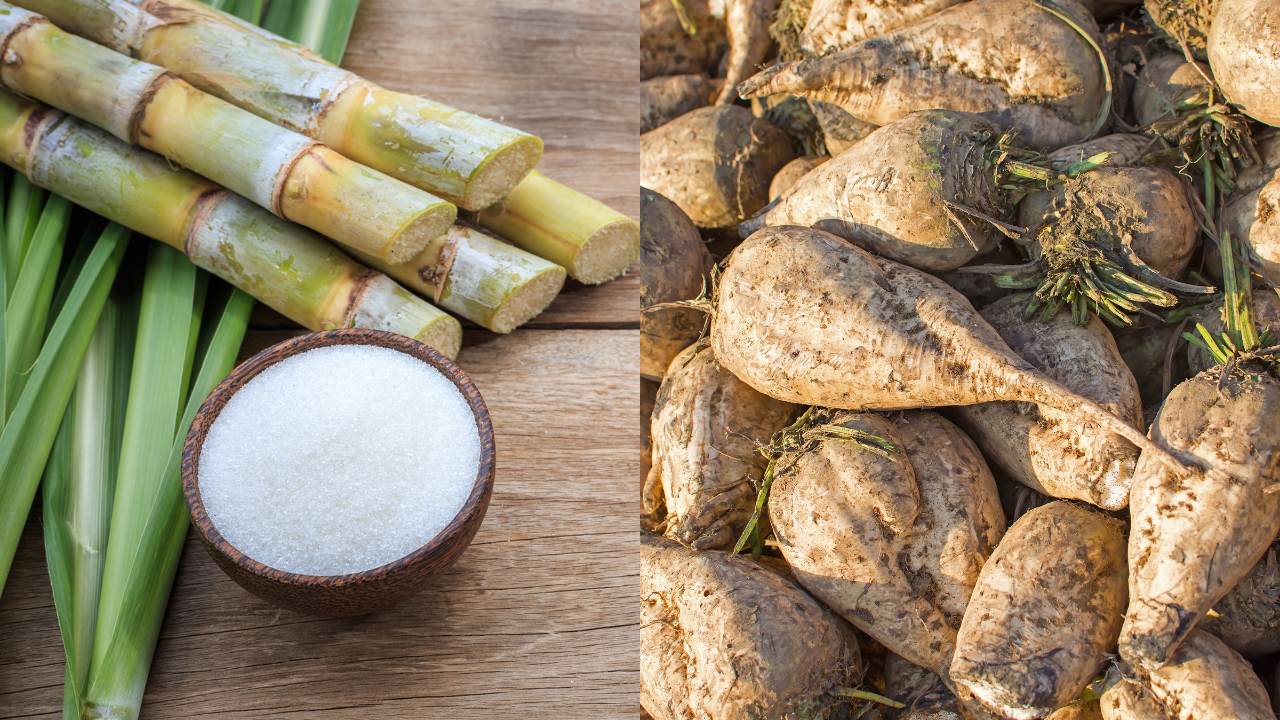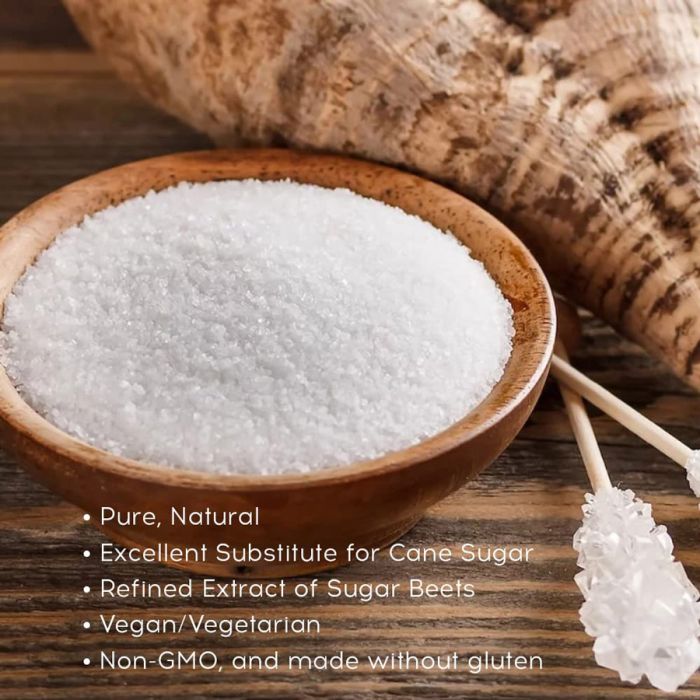Many people compare beet sugar vs cane sugar to understand their variations in taste and texture.
Discover the Uses and Perks of Beet Sugar Vs Cane Sugar in Your Daily Diet Plan
Exploring the unique high qualities of beet and cane sugar reveals greater than just their sweetening capacities; it highlights their unique influence on wellness and cookeries. Beet sugar, recognized for its subtle flavor, is frequently favored in fragile desserts, whereas cane sugar, with its hint of molasses, adds richness to durable meals. Each type holds its very own nutritional account and glycemic ramifications, inviting a much deeper understanding of their roles in a well balanced diet and lasting usage techniques.
Beginning and Manufacturing Processes of Beet and Cane Sugar

The unique environments and soil kinds needed for growing sugar beets and sugarcane add to differences in their farming techniques and geographical circulation, influencing the economics and sustainability of their production. beet sugar vs cane sugar.
Nutritional Contrast In Between Beet Sugar and Cane Sugar
Regardless of stemming from different plants, beet sugar and cane sugar are nutritionally very comparable, both largely consisting of sucrose. Each offers about 4 calories per gram, translating to about 16 calories per tsp. Structurally, both sugars are composed of around 99.95% sucrose, with very little quantities of various other compounds like dampness and trace minerals, which do not substantially modify their nutritional accounts.

Ultimately, when selecting in between beet sugar and cane sugar based on dietary content alone, both offer the same advantages and downsides as they are essentially forms of the very same particle-- sucrose, giving quick energy without various other nutrients.
Influence On Health: Glycemic Index and Caloric Content
Discovering further right into the impacts of beet sugar and cane sugar on health, it is very important to consider their glycemic index and caloric material. Both sugars are categorized as sucrose, which consists of glucose and fructose. This structure leads them to have a comparable effect on blood sugar level levels. The glycemic index (GI) of both beet and cane sugar is around 65, categorizing them as high-GI foods, which can trigger quick spikes in blood sugar degrees. This is an important element for people handling diabetes mellitus or those attempting to maintain their power degrees throughout the day.
Each sort of sugar consists of around 4 calories per gram, making their caloric content equivalent. For those keeping track of calorie intake, specifically when taking care of weight or metabolic health conditions, understanding this equivalence is essential (beet sugar vs cane sugar). However, extreme intake of any high-calorie, high-GI food can add to wellness problems such as excessive weight, cardiovascular disease, and insulin resistance.
Environmental and Economic Factors To Consider of Sugar Production
Beyond wellness influences, the manufacturing of beet and cane sugar additionally raises substantial environmental and financial worries. Sugar beet cultivation has a tendency to need cooler environments and has a lower geographical impact compared to sugar cane, which thrives in exotic areas. Nonetheless, both plants are extensive in terms of water use and land line of work, possibly leading to deforestation and water deficiency. Financially, the international sugar market is extremely volatile, affected by adjustments in worldwide profession plans and subsidies. Numerous nations incentivize sugar manufacturing with financial backing, skewing market value and affecting click here for more info small-scale farmers negatively.
In addition, using chemicals and plant foods in both beet and cane sugar cultivation can result in soil degradation and contamination, more influencing biodiversity and regional water bodies (beet sugar vs cane sugar). The choice between cultivating sugar beet or cane often depends upon regional environmental problems and financial variables, making the sustainability of sugar manufacturing a complicated concern
Culinary Applications and Taste Distinctions
While the ecological and economic elements of sugar manufacturing are indeed significant, the selection in between beet and cane sugar likewise influences culinary applications and flavor profiles. Beet sugar, originated from the site sugar beet plant, is understood for its extremely neutral preference. This makes it a flexible ingredient in cooking, where it does not change the taste of other components. It dissolves rapidly and is perfect for usage in cakes, cookies, and pastries.
Walking stick sugar, removed from sugarcane, typically maintains molasses traces, which give a distinct splendor and depth. This small molasses taste improves the intricacy of baked items, sauces, and marinates. It is specifically favored in items where a caramel undertone is wanted, such as in brownies or gingerbread. The mild variant in dampness content in between beet and cane sugar can influence the texture and uniformity of recipes, making cane sugar a favored choice for certain recipes that benefit from its one-of-a-kind buildings.

Final Thought
Finally, both beet and cane sugar have distinct origins and manufacturing processes, providing similar dietary accounts with small distinctions in salt content and taste. While their effect on health, particularly concerning glycemic index and calories, is similar, the selection between them click to find out more typically steams down to environmental, economic factors, and particular cooking needs. Recognizing these facets can direct customers in making notified choices that align with their health objectives and flavor choices.